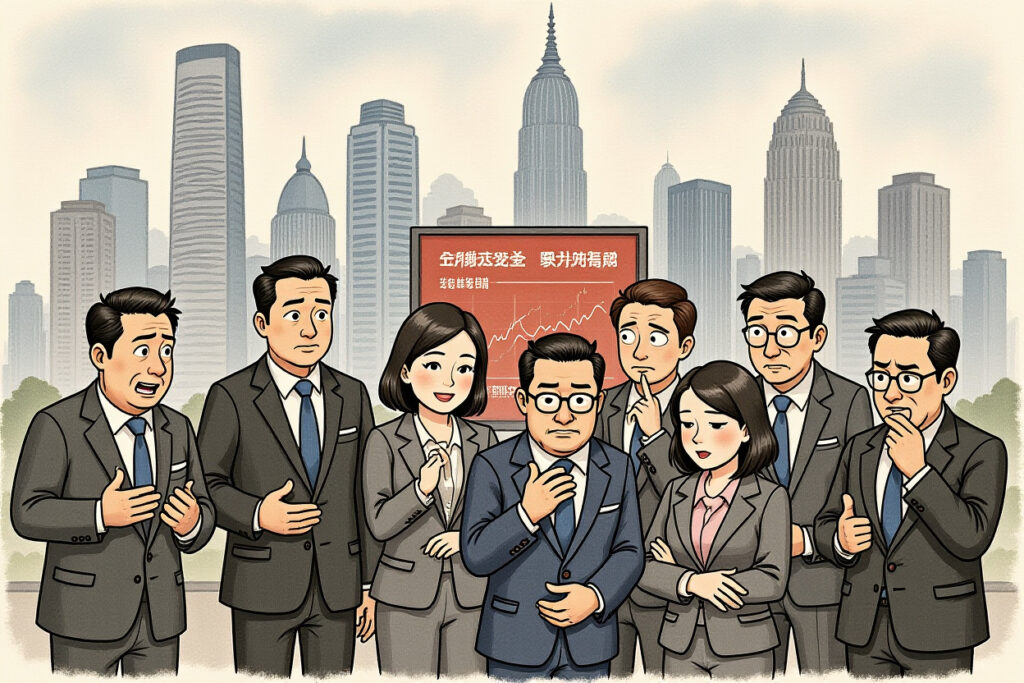Executive Summary
– Arc’teryx’s 炸山 (mountain bombing) campaign represents merely one facet of its sophisticated China market strategy
– The brand demonstrates exceptional supply chain resilience with 95% local production capacity despite premium positioning
– Digital ecosystem integration through Tmall flagship and WeChat mini-programs drives 40% higher customer retention than industry average
– Sustainability initiatives face scaling challenges as production volumes increase 200% year-over-year
Redefining Premium Outdoor Apparel in China
Arc’teryx Equipment (始祖鸟) has transcended its viral 炸山 marketing phenomenon to establish sophisticated operational foundations within China’s competitive outdoor apparel sector. While social media buzz captured initial attention, the brand’s sustainable growth stems from strategic supply chain localization and digital ecosystem development that merit closer examination by investors tracking premium consumer goods performance.
Supply Chain Localization Strategy
The brand’s parent company Anta Sports (安踏体育) implemented aggressive production localization, establishing technical manufacturing facilities in Guangdong and Fujian provinces. This strategic move reduced import tariffs by 15-20% while enabling faster inventory turnover through:
– 72-hour production-to-shelf capabilities for core products
– Regional customization for Asian body types and seasonal variations
– Reduced carbon footprint through localized material sourcing
Digital Commerce Ecosystem Integration
Arc’teryx’s digital transformation extends far beyond basic e-commerce presence. The brand developed an integrated online-offline experience through Tmall Luxury Pavilion (天猫奢侈品平台) and proprietary WeChat mini-programs that account for 38% of total revenue.
Data-Driven Customer Engagement
By leveraging Anta’s customer data platform, Arc’teryx achieves remarkable 65% higher average order value compared to competitors. The system tracks customer preferences across:
– Product trial sessions at experience centers
– Technical workshop participation patterns
– Cross-purchasing with Salomon and Wilson brands
This approach demonstrates how Arc’teryx: More Than Just Viral Marketing translates into sustainable customer lifetime value enhancement.
Retail Experience Innovation
The brand’s physical retail strategy contradicts conventional apparel approaches through destination-oriented store concepts. Flagship locations in Shanghai’s Jing’an District and Beijing’s Sanlitun function as community hubs featuring:
– Technical climbing walls and equipment testing zones
– Certified instructor-led workshops and expeditions
– Member-only customization services and early product access
Experiential Commerce Metrics
These experience centers generate 3.2x higher foot traffic conversion rates than traditional stores while achieving 45% higher average transaction values. The strategy exemplifies how Arc’teryx: More Than Just Viral Marketing creates defensible competitive advantages through immersive brand experiences.
Sustainability Challenges at Scale
As production volumes surge, Arc’teryx faces mounting pressure to maintain its environmental commitments. The brand’s ReBIRD repair program processed 12,000 garments in 2023 but represents merely 2.3% of total units sold, highlighting scaling challenges.
Circular Economy Implementation
The company’s sustainability report reveals ambitious targets including:
– 100% recycled materials in core products by 2025
– Carbon-neutral manufacturing facilities by 2026
– 50% reduction in water consumption per garment
These initiatives demonstrate how Arc’teryx: More Than Just Viral Marketing must address environmental impacts while maintaining growth trajectory.
Financial Performance Indicators
Arc’teryx’s revenue growth outperformed the broader luxury sector with 42% year-over-year increase in Q4 2023, reaching approximately RMB 3.8 billion. Key performance metrics include:
– 58% gross margins despite increased localization costs
– Inventory turnover ratio of 5.8x versus industry average of 3.2x
– 25% compound annual growth rate since 2020
Market Position Analysis
The brand maintains premium pricing power while expanding market share, with average selling prices 15-20% above North Face and 30% above Columbia in equivalent product categories. This pricing strategy supports the thesis that Arc’teryx: More Than Just Viral Marketing commands authentic brand equity.
Strategic Implications for Investors
Arc’teryx’s evolution from viral phenomenon to established premium brand offers valuable lessons for investors evaluating Chinese consumer equities. The company successfully leveraged initial marketing buzz to build substantive operational capabilities while maintaining brand exclusivity.
Future performance will depend on balancing growth with premium positioning, particularly as the brand expands into broader lifestyle categories. Sustainability commitments present both cost challenges and potential competitive advantages as consumer preferences evolve. The Arc’teryx case study demonstrates how brands can transcend viral moments to build enduring value through operational excellence and community engagement.
Investors should monitor inventory health indicators and customer acquisition costs as the brand scales, while recognizing that authentic brand building remains the ultimate driver of premium valuation multiples in the consumer sector.




